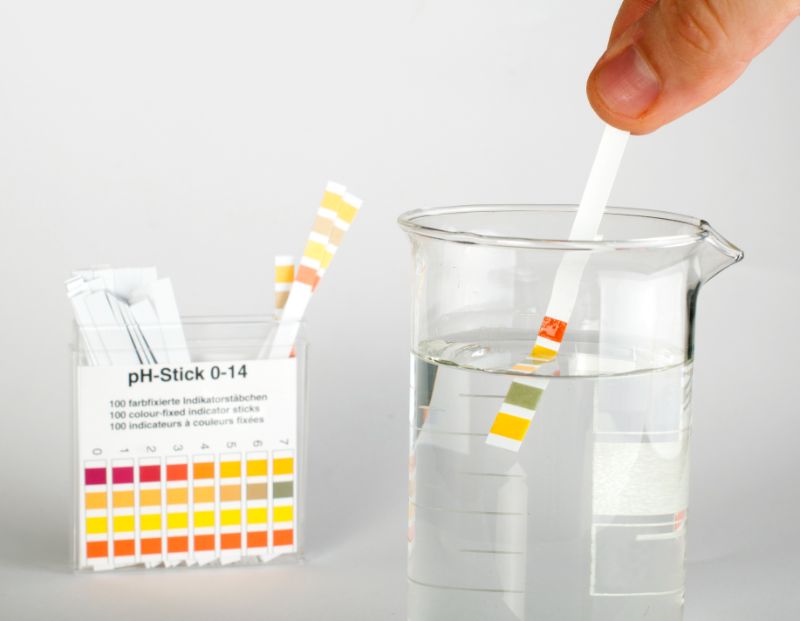How Do You Clean Filters on Water Softeners?
Cleaning water softeners can be a complicated process. The most important thing to do is to remove any contaminants in the system and to make sure the tank is clean. If you don’t do this, you can face problems. These include iron fouling, poor flow rates, and a reduction in the overall efficiency of the system. A well-maintained softener can help to avoid these issues.
(Looking for bottled water brands? Contact us today!)

Most water softeners are designed to last up to 15 years. But it’s recommended that you clean them at least once a year. This can help save you time and money in the long run. There are two main areas to clean, the resin bed and the tank. However, the frequency of cleaning will vary depending on the type of water softener you have.
To clean the resin bed, you need to unplug the softener and get access to it. It’s important to use a cleaning cloth that has been dipped in warm soapy water. You should also follow the manufacturer’s instructions on cleaning the softener. Some softeners may have a bleach cycle, so you’ll need to make sure the tank is cleaned when you perform a bleach cycle.
Another area to clean is the brine tank. Brine is created during the water softening process. The brine is a solution that is diluted with water, and it is used to replace the calcium and magnesium minerals that have been stuck to the resin beads. In some water softeners, the brine is discharged into the environment. When it’s released into the environment, it can affect aquatic life. So, you should always clean the brine tank and make sure the valve is clear.
Cleaning the water softener can be a challenging task, but it can help to prevent more problems from happening. For example, high chlorine levels can damage the resin, and you can prevent it by limiting exposure to the chlorine. Also, keep an eye on the output water hardness. Water with a high concentration of iron or manganese can affect the resin.
Water softeners can also be impacted by dust. Dust can accumulate in areas of the system that are out of sight. Therefore, you should change the filter frequently and clean the softener’s venturi valve.
Iron is an element that is abundant in groundwater across the world. This can build up over time and affect the efficiency of your water softener. Ideally, you should aim to clean the resin bed at least once a year.
While a water softener can remove ferrous iron, it won’t eliminate the issue completely. Leaving iron in the water will eventually lead to brown slugs or rust particles in your water. This can cause a buildup of sediment in the resin, which can lead to a poor flow rate and reduce the water softener’s overall efficiency.
In addition to iron, you should also regularly clean the tank. Salt bridges can build up on the bottom of the brine tank, which can create an illusion of a full tank. Fortunately, you can easily break these up. Instead of breaking the salt, you can poke it with a stick and then flush it out with warm water.

